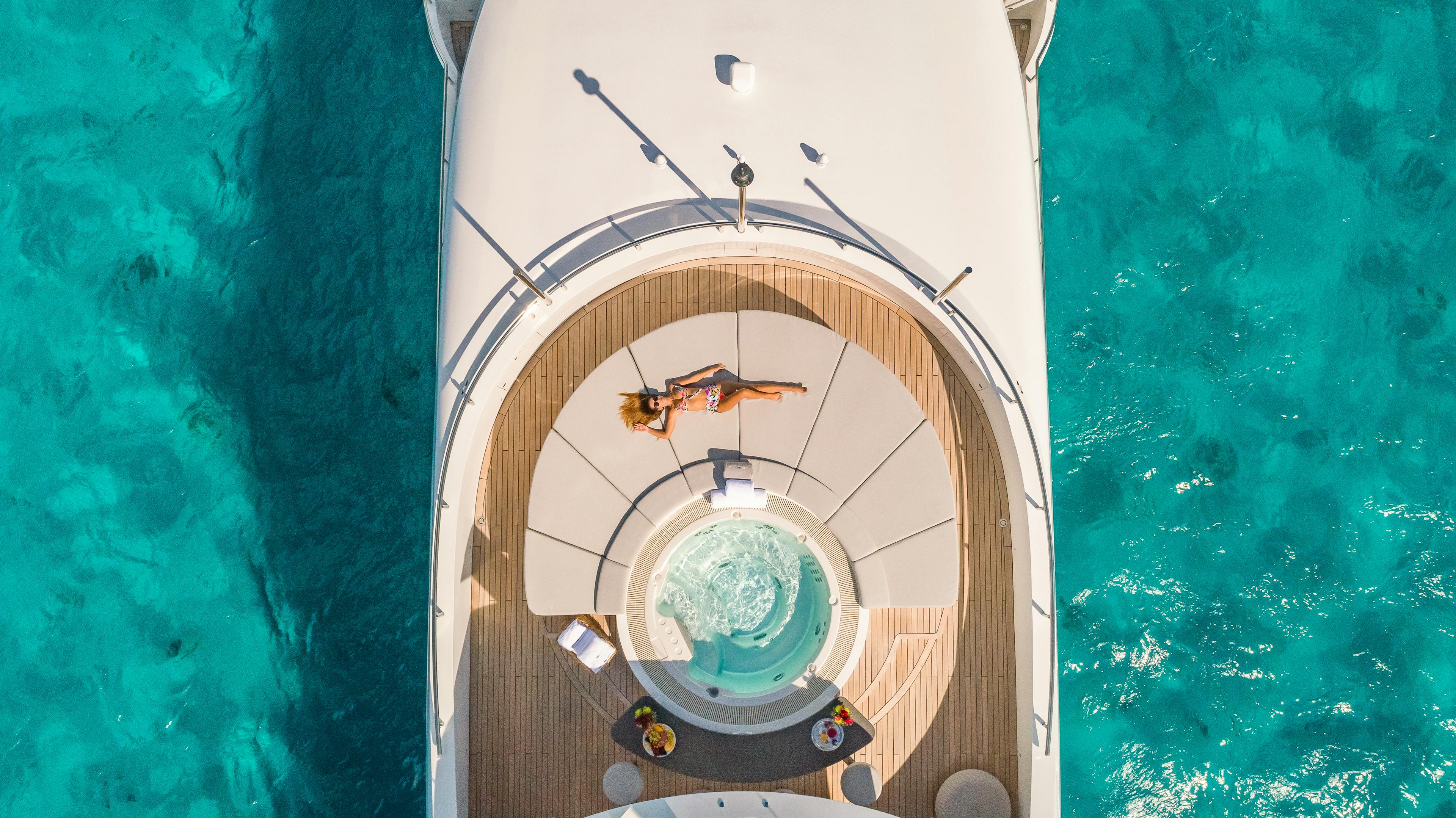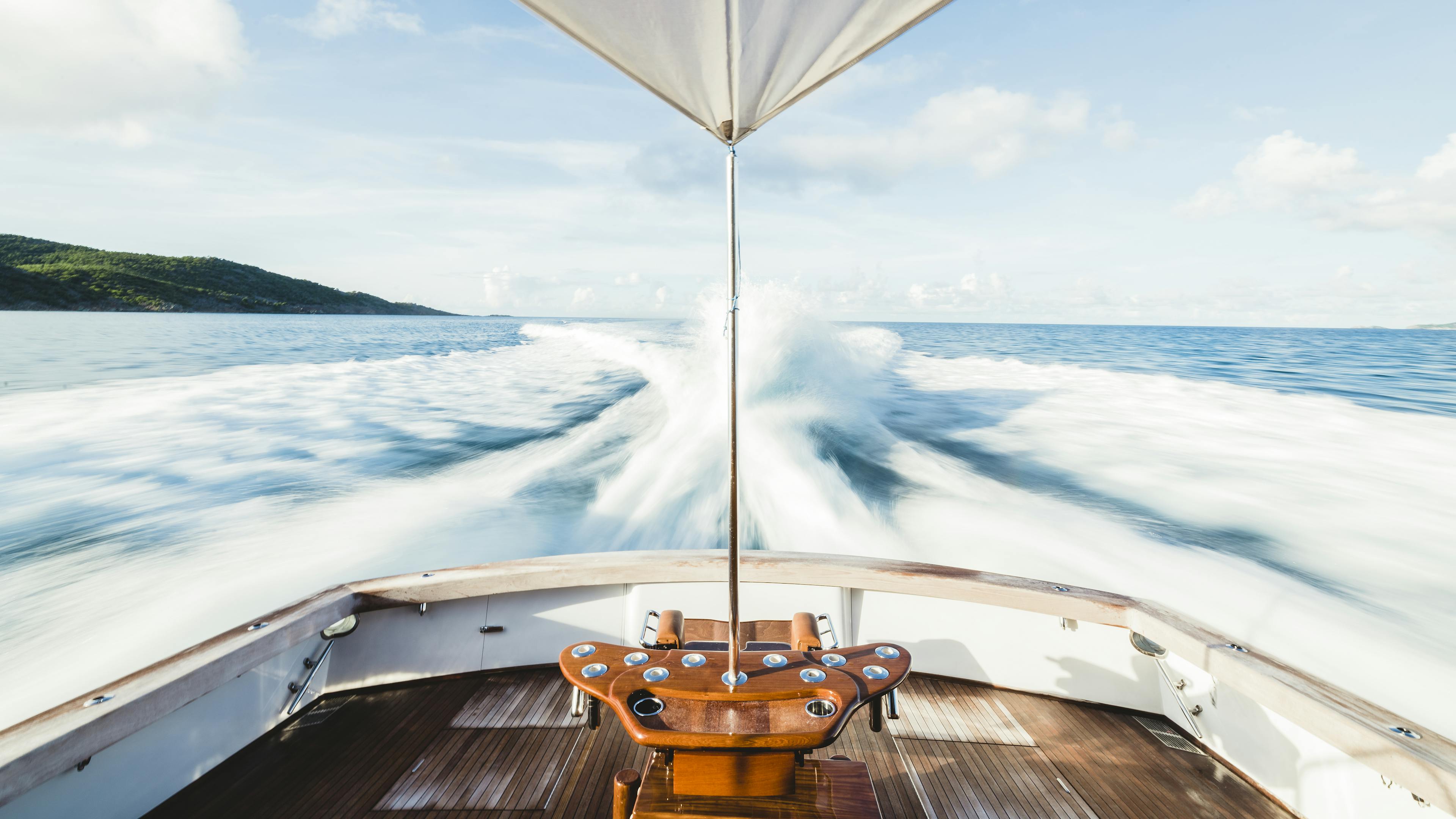History of the RMS Titanic
The RMS Titanic was a big passenger ship that sank more than 100 years ago. It was one of the most famous shipwrecks in history. Many people were shocked when the ship went down, and the story is still told today in books, museums, and movies. The Titanic's story teaches us about boating safety and how important it is to be prepared for a disaster.
The Building of the Titanic
The Titanic was built in Belfast, a city in Northern Ireland, in a place called Harland and Wolff shipyard. It took more than 3,000 workers and more than two years to build the ship. It was finished in 1912. The Titanic was very large; it was more than 880 feet long (about the length of three school buses) and 11 stories high! It had four tall smokestacks and used giant engines to move through the water. People called it the biggest and most beautiful ship in the world.
Inside the ship, there were grand staircases, dining rooms with fancy food, and even a swimming pool. The ship had three classes of rooms: first class, second class, and third class. First class was the most expensive and very fancy, while third class was much simpler.
Problems With the Titanic's Design
Many people believed the Titanic was "unsinkable," which means they thought it could not sink. This idea was wrong. One reason they thought that was that the ship had special walls built inside it to help keep water out if it got damaged. But the walls were not tall enough, so water could spill over the tops of them.
Another problem with how the Titanic was designed was the number of lifeboats that were included. The Titanic only carried 20 lifeboats. That was enough for about half of the people on board. Back then, there were no rules saying how many lifeboats were needed for a ship that big, so the builders thought 20 would be fine.
Who Was on the Titanic?
The Titanic carried more than 2,200 people, which included passengers and crew members. Passengers came from lots of different countries and had different reasons for traveling. Some were rich and wanted a nice trip on a fancy boat. Others were poor and hoping to start a new life in America.
Famous people were on board, like businessman John Jacob Astor and fashion designer Lady Duff-Gordon. There were also families, workers, and children on the boat. The ship's crew worked in the kitchen, cleaned rooms, helped people, and made sure the engines ran.
Setting Sail From England
The Titanic left from Southampton, England, on April 10, 1912. It made two stops, one in France and one in Ireland, before heading across the Atlantic Ocean. The final destination was set to be New York City in the United States. People were excited to be on the Titanic, and many thought it would be a fun and safe trip. The ocean seemed calm at first, and while the weather was cold, the skies were clear. Everything seemed fine as the ship moved forward. But before the ship started the Atlantic crossing, a small fire broke out on board inside a large bin of coal, and it couldn't be totally put out for days. Experts today think that this fire might have weakened the metal on the outside of the boat.
Disaster Strikes
On the night of April 14, 1912, at 11:40 p.m., the Titanic hit an iceberg. Icebergs are huge pieces of ice floating in the ocean. The ship's crew saw the iceberg too late and could not turn the boat fast enough to miss it. The iceberg scraped the side of the ship and opened a big hole in it. Cold ocean water started rushing in. People on board didn't know how serious the problem was at first; after all, the ship's builders had said it couldn't sink. But now, it was filling with water.
Problems During the Evacuation
As the Titanic started to sink, the crew told the passengers to get into lifeboats. But there were not enough boats to hold everyone. Some people didn't try to get into a boat because they were scared or confused. Others didn't believe that the ship was really in danger, so they stayed inside. And the crew weren't trained properly in how to evacuate the ship, so they didn't know exactly what they were supposed to do. As a result of all of this chaos, many lifeboats were lowered into the water half-full, even though more people could have fit in them.
The Sinking of the Titanic
The Titanic sank early in the morning on April 15, just more than two and a half hours after it hit the iceberg. As the ship went down, its lights went out and people screamed for help. The ship broke into two big pieces before it disappeared under the waves. When it was all over, 18 lifeboats had been lowered into the water, carrying around 700 people. A few people were pulled out of the water into lifeboats, but the water was so cold that people couldn't live in it for long. More than 1,500 people died in the freezing water.
What Happened Afterward?
After the Titanic sank, a ship called the Carpathia came to rescue the people in the lifeboats. The Carpathia carried the survivors to safety in New York. News of the disaster spread all over the world, and people were shocked and sad.
The next step was for people to try to figure out what happened and why. As a result of the Titanic's sinking, new safety rules were made. Ships had to carry enough lifeboats for everyone. They also had to do safety drills so they would know what to do if the ship was in danger and keep watch for icebergs more carefully.
In the decades after the sinking, people also tried to find the remains of the Titanic. It took until 1985, when American and French scientists working together located the wreckage beneath the Atlantic Ocean. Studying what's left of the Titanic has helped us to learn more about what happened to the ship when it sank and how things decay underwater. And many objects from the ship have been brought back and shown in museums.
Additional Resources
- U.S. History: The Titanic: Read a recap of the story of the Titanic on this page.
- Twenty Top Titanic Facts: The "RMS" in "RMS Titanic" means "Royal Mail ship," as it was built to carry mail as well as people.
- Why Did the Titanic Sink? Many things contributed to a disaster that claimed hundreds of lives.
- Titanic Facts and Figures: A video on this page explains more about how the Titanic was built.
- "I Heard Titanic's Call": A telegraph operator on the Olympic, a ship that was too far away to help when the Titanic sank, wrote about the messages he heard transmitted that night in his diaries.
- The Post Office Aboard the Titanic: This article looks at how the postal workers on the ship reacted as it began to flood and includes images of telegrams sent from and about the ship.
- History of the RMS Titanic: Learn more about the Titanic's construction in this article.
- A Coal Fire May Have Helped Sink the Titanic: Some experts think that a fire on board weakened the metal of the ship.
- Survivor Tells Story of Titanic Wreck: A newspaper article recounts the story of one woman's experience on the Titanic.
- The Technology That Saved Titanic's Survivors: Without the relatively new wireless telegraph, those who made it into Titanic's lifeboats probably would have died there, waiting for rescue in the frigid cold.
- Molly Brown and 11 Other Famous Titanic Passengers: Those on the Titanic included one of the owners of Macy's and a woman named Molly Brown, who would become famous for taking charge to help her fellow survivors aboard the Carpathia, raising money from first-class passengers for those who had left behind everything they had as they fled the Titanic.
- 12 Titanic Survivors and What Happened to Them Next: Some survivors went on to lead full and satisfying lives, while others were haunted by the disaster.
- Looking Back on the Discovery of the Titanic: The people who found the Titanic had actually set out to find sunken submarines, not the famous ship.
- Scan of Titanic Reveals Wreck as Never Seen Before: Detailed digital scans of the wreckage of the Titanic allow people to get an up-close look at the site.
- 12 Artifacts Brought Up From the Titanic: Items recovered from the wreck site have included the bronze bell that stood on the ship's deck, dishes, clothing, and vials of perfume.
- How the Californian and Carpathia Sealed Titanic Victims' Fate: The Californian was the closest boat to the Titanic when it went down, but it did not respond. Meanwhile, the Carpathia, which was much farther away, immediately changed course to head for the Titanic.
- Titanic Research Dive Reveals Decay: Photos taken in 2024 showed how the wreckage of the Titanic is slowly breaking down under the sea.
- Building the Titanic: Find out more about how the Titanic was designed, built, and launched.
- Take a Look Inside the Titanic Souvenir Program: On board the Titanic, first-class passengers received a printed program that told them about features of the ship like the swimming pool and the dining rooms.
- Father Browne's Photo Collection: Francis Browne, an Irish priest, boarded the Titanic in Southampton and got off the next day in Ireland. While he was on the ship, he took many photos, which are now some of the only photos we have of what it was like on board.
- Untold Stories of the Titanic: Last Port of Call: This video lecture talks about the Irish people who boarded the Titanic as well as the people who got off the ship there, including Kate Odell, who took one of the last photos of the Titanic.
- What Did the Titanic Passengers Eat? The ship served different menus for first-, second-, and third-class passengers, with options ranging from fancy foods like oysters and filet mignon to simpler options like cold meat and cheese.
- The Titanic Memorial Lighthouse: In 1913, a memorial to those who died on the Titanic was created in New York City, where the ship was supposed to have brought its passengers. It stands today at the corner of Fulton and Pearl streets.
- The Titanic Rescue: A museum in Britain has a collection of telegrams sent from the Carpathia after the rescue of the Titanic's passengers.
- The Mystery Ship: The Californian's captain claimed later that he had no idea that the Titanic had needed his help, but his crew told different stories.


